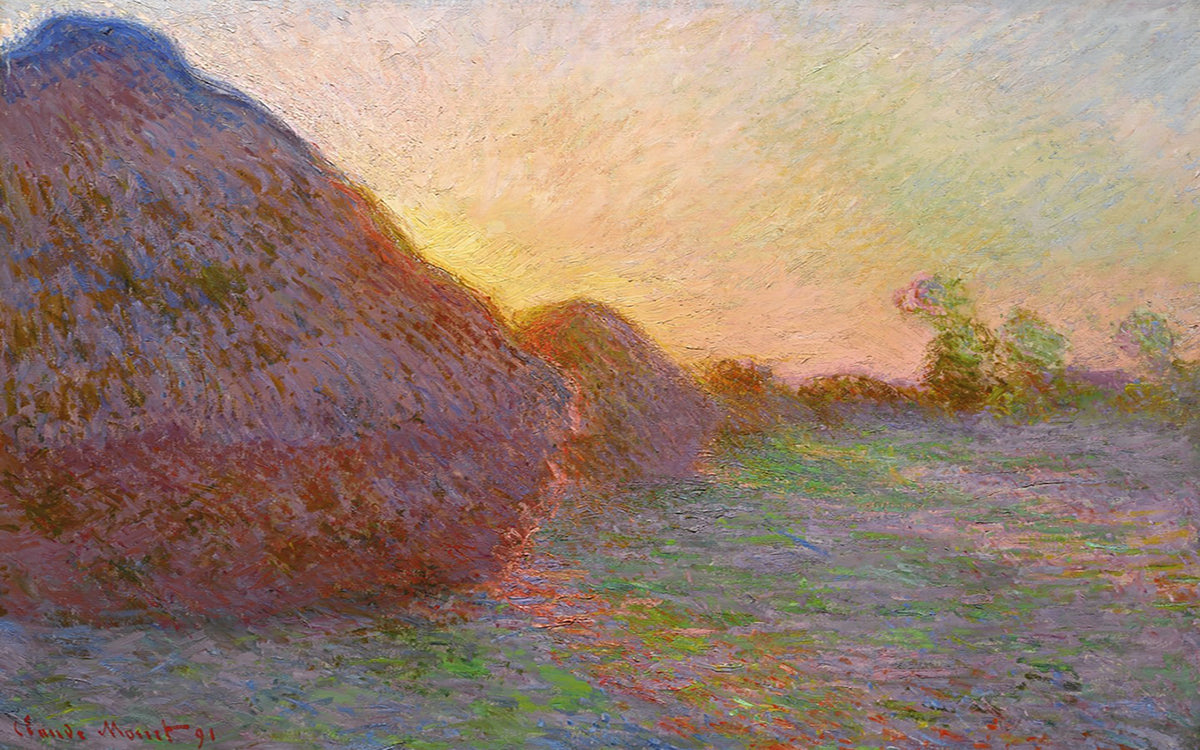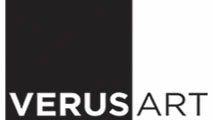
3D Scanning & Digitization – Uncovering New Possibilities for Art Conservation
As technology progresses, science continuously gets integrated into the profession of conservation. Historic paintings are subjected to a variety of conservation efforts; however, it always begins with an examination. At Arius, our 3D scanning technology maps the colour and geometry of a painting to unveil data hidden to the naked eye – without ever contacting the surface.

The National Research Council Canada (NRC) developed the foundations of our technology, which was used at The Louvre to scan the Mona Lisa, before being adopted by Arius Technology in 2015.
Developing a close relationship with the National Gallery of Canada, Ottawa, has allowed Arius engineers to refine and perfect our technology by working with conservation experts such as Stephen Gritt. Gritt is the Director of Conservation and Technical Research at the Gallery, where he has been fortunate enough to work on restoring a number of paintings, including pieces by the great master, Claude Monet. Inspired by Gritt’s philosophy, Arius understands that the job of a conservationist is to do “the minimum to get the painting to talk in its own voice again.”
3D scanning for art conservation allows us to uncover data that can examine details finer than anything a human eye could spot; more specifically, finer than one-tenth of a human hair. By inspecting the surface of the painting first through digital models, restorers have the opportunity to complete a detailed restoration plan, and even prototypes of the results, before beginning the physical process.
Our technology also has the potential for conservators to reach further back into the past and experiment within the digital file, turning back time by restoring original pigments and allowing the artist’s original brushstrokes to sing once again.
Discover more as we talk to Stephen Gritt about how we digitally restored a Monet masterpiece:
Leave a comment
Comments will be approved before showing up.
Also in News

Turning Back Time on Turner - An Arius Technology Digital Restoration Prototype

The Art of Insuring Art: A Practical Guide for Insuring Your Art Collection

